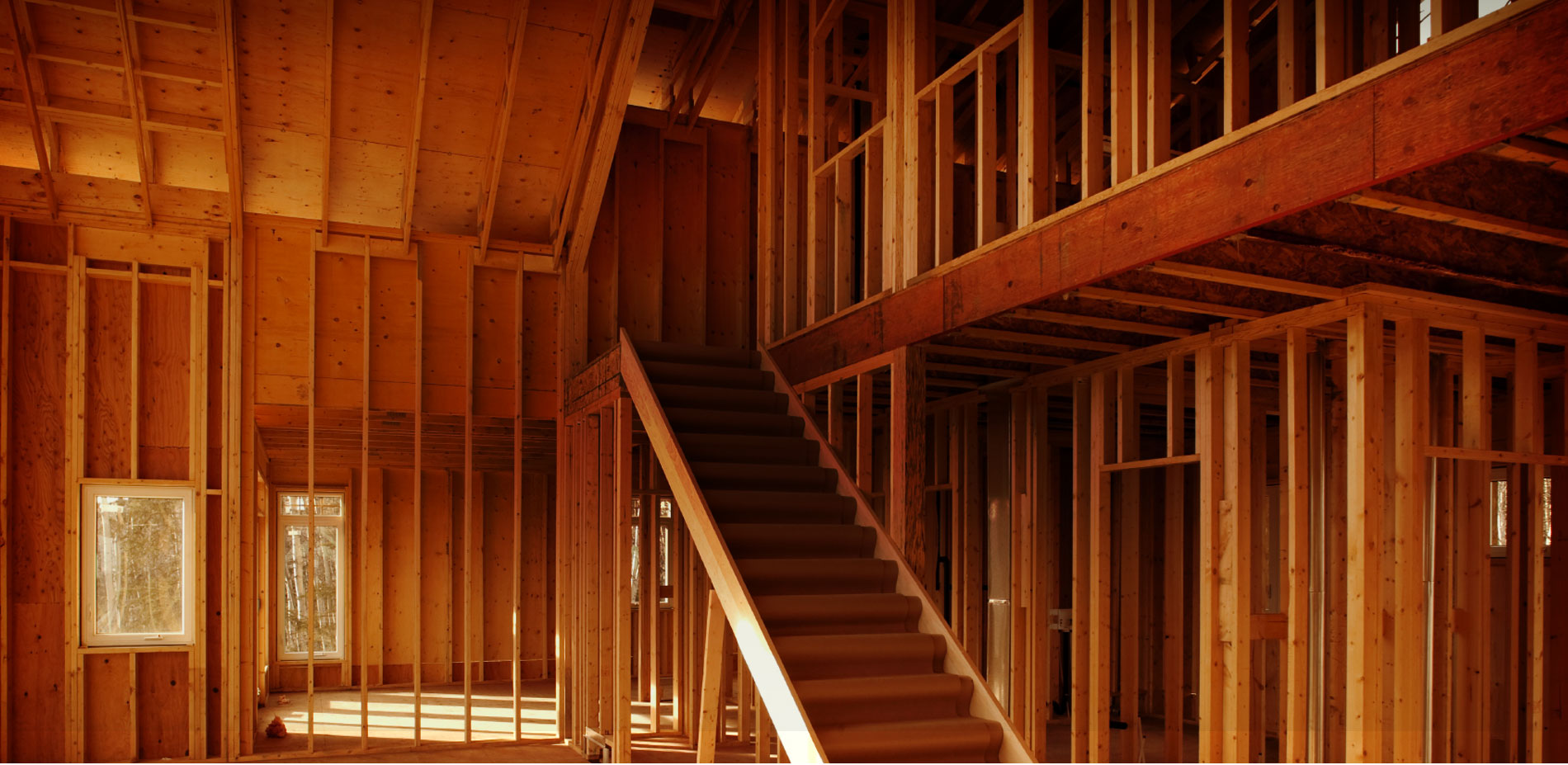Contemplating That Big Pile of Lemons
Fall is finally here. During autumn we would prefer to think about how nice the changing leaves on the trees look, about the big football game this Saturday, or about spending festive holidays with family and friends. But this year many of us share one primary thought—thank goodness it’s fall, and this year is nearly over.
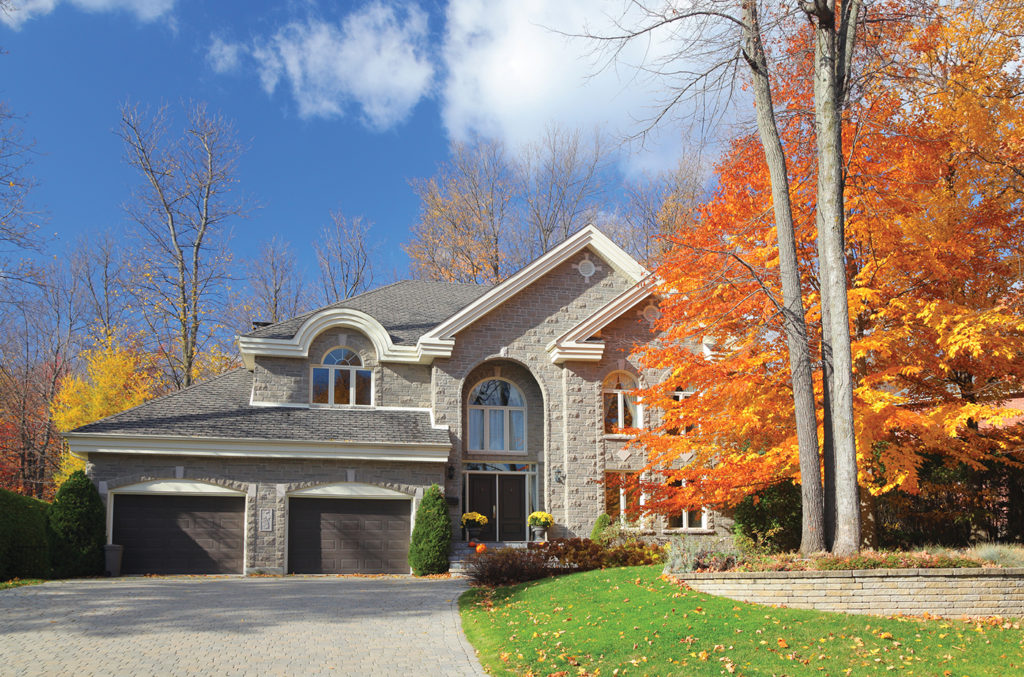
We generally prefer to look on the brighter side of things, but 2020 has put our optimistic inclination to the test. The Covid-19 virus has sickened family and friends and even taken the lives of some of our dear ones. Our children’s educations have been disrupted, weddings and funerals have been postponed, and many people have suffered from the unfamiliar circumstance of living and working in isolation. Meanwhile, the nightly news has brought us images of unrest throughout the country, and politicians running for nearly every office in the nation have hit us with a barrage of negative advertising that makes us wonder whether anyone or any institution can be trusted.
In addition to these challenges, builders have had to deal with ever changing rules and regulations about how they can conduct business and keep their workers and customers safe during a pandemic. On top of that, product shortages and increased building supply prices have made staying profitable even more elusive for America’s builders. It is enough to make you scream! (Go ahead if you want to —get it out of your system.)
At times like these, it is good to consider some of those pearls of wisdom that have helped generations of Americans hold it together when the going gets tough. One of these is a simple admonition I first saw decades ago on a poster hanging on a high school English teacher’s wall: “If life gives you lemons, make lemonade.” I have read or heard it hundreds of times since then. Its point, of course, is that no matter how bad the hand that is dealt to us, we should try to make the most of it. There is no exception in the “Lemon Rule” rule for pandemics or for the chaos caused by pandemics. Indeed, throughout history, people have found ways to learn from pandemics and improve post-pandemic life because of the lessons they learned
The nineteenth century world was regularly visited by cholera epidemics. London lost 10,000 of its citizens in 1854 alone. Although Dr. John Snow had determined that raw sewage leaking into a public well was the cause of the 1854 outbreak, most people, including most scientists, believed that “bad air” caused cholera and similar maladies. Fortunately, the method for eliminating the bad air, construction of a modern sewer system, also eliminated much of the contamination that had actually caused the outbreaks. Consequently London, as well as Paris and cities across Europe who followed suit, became healthier and more pleasant places in which to live and work.
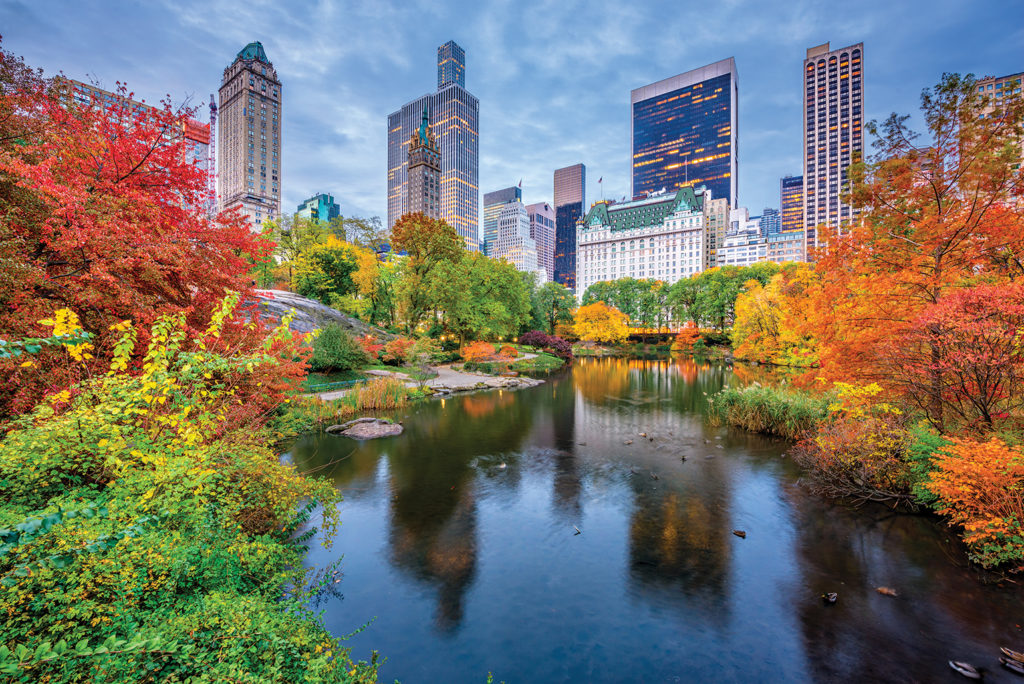
The US was not immune from cholera’s deadly sting and was ravaged throughout the 1800s by repeated bouts of sickness and death. After Frederick Law Olmsted lost his eldest son to cholera, he vowed to make New York City a safer and healthier place so that other families did not suffer similar fates. He believed that urban areas should have parks that could act as community lungs to blow foul air out of the cities. Olmsted helped design New York City’s Central Park, which was so well received, that he was commissioned to help create more than a hundred other parks in cities like Boston, Chicago, and Detroit.
The so-called Spanish Flu pandemic of a century ago is believed to have killed more than 50 million people worldwide. In India tens of millions contracted the disease, including Mahatma Ghandi, who survived, while 18 million of his countrymen perished. The Spanish Flu pandemic made it clear to Indians that their colonial rulers, the British, had allowed the country’s healthcare system to deteriorate to a point where it was ineffective in dealing with the outbreak. The grief over their losses and the bitter belief that its British rulers were complicit in those losses caused many natives to join Ghandi’s push for independence that eventually ended Britain’s 200-year rule of India in 1947.
In the United States, around 650,000 people died from the Spanish Flu during the pandemic. Following and as a result of the pandemic, America created an improved public health system and developed a more organized system for collecting health care data, both of which were the envy of the world, and became a world leader in the study and understanding of viruses. Americans who survived the pandemic faced their next few years with a great sense of optimism that led to the Roaring Twenties and a great expansion of the American economy.
Our world has faced pandemics before. From their piles of lemons, those people, cities, and nations chose to make grand parks and better sanitation, improved healthcare systems and a free and independent nation. How does this apply to home builders and warranty companies? While our scope and reach are more limited than those of great cities and nations, like them we can observe what is happening around us, learn from these experiences and adapt our behavior accordingly.
So, what can we do with this pile of lemons that 2020 has visited on us? Here are a few ideas.
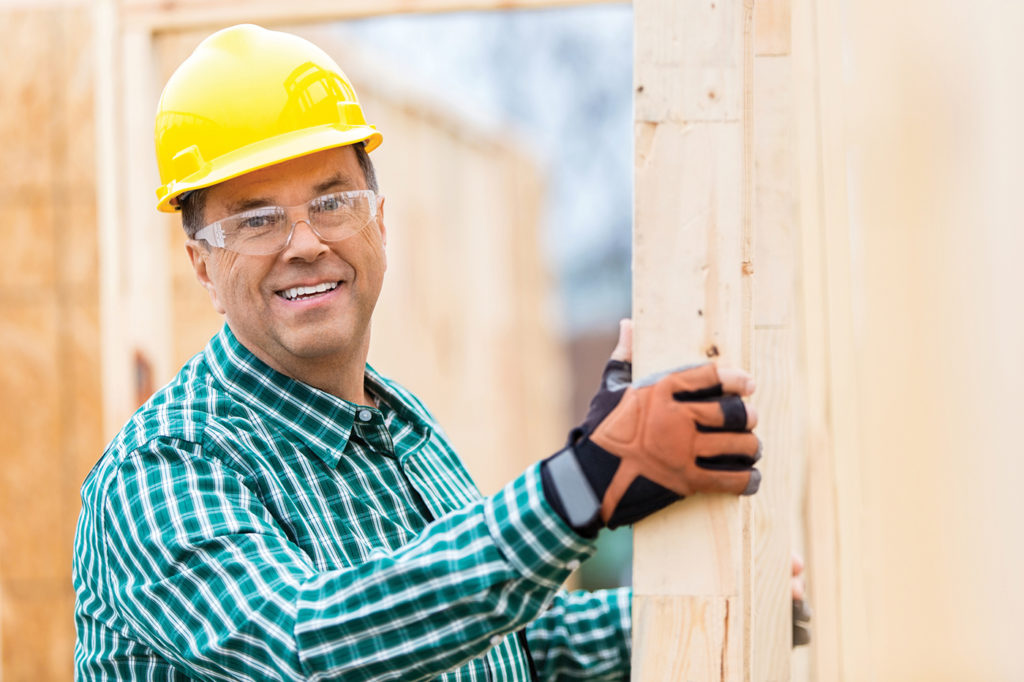
Better utilize your staff. A friend of ours, John, who operates a great building company in our area, told us that the pandemic has given leaders among his staff an opportunity to shine while allowing others to demonstrate that they can be trusted team players. Others have shown him an ability to solve problems that he would not have seen but for some of the unique difficulties presented by the pandemic. At HOME we have learned that some of our employees work great independently and, like John’s staff, are very good at problem solving. All of us should take stock of how our people have performed during these difficult times, and when things return to normal, put them in positions that take advantage of the strengths they have exhibited.
Do Business Using State-of-the-Art Technology.
We all can find the rut of years of working a certain way comfortable, or at least more comfortable than changing to something new. The pandemic and some governmental impositions arising from it have forced many of us to work remotely, meet virtually and review and sign documents electronically more than we ever have. At first this was inconvenient for some and downright scary for others. As time has passed, however, people have embraced the efficiency provided by these technologies. They can be time savers not just for you but for your customers as well. When the world gets normal again, do not forget the time and cost saving benefits of these technologies, and don’t wait till the next pandemic to embrace new ones
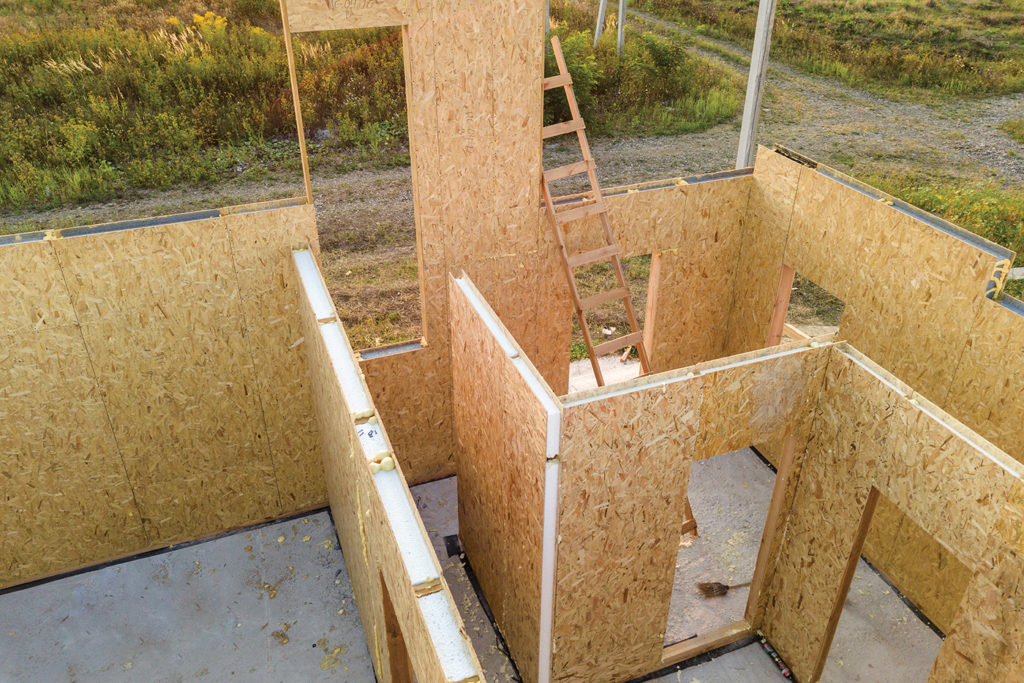
Be Open to New Home Building Methods. Necessity is the mother of invention, and challenges presented by the pandemic, like building a house while practicing social distancing, have generated new ways to go about it. Big data, artificial intelligence, the internet of things and robotics, according to some, will be used in building most houses someday. Proponents of these processes argue that the time is now to change construction practices, as these methods, together with a greater reliance on prefabricated building segments, will give us a safer, quicker and more profitable way to build quality housing on a more predictable schedule.
Watch for and Take Advantage of Changes in the Marketplace.
Experts predict that some city dwellers will want to move to the suburbs and that some suburbanites will want to move to the country because of the pandemic. Others foresee a demand for changes to the standard house, like higher quality ventilation systems to help exchange air and thus reduce the ability for a virus or other pathogen to spread. Builders should be prepared to go to where the market is and build what post-pandemic customers want.
Succeed During the Optimistic Period that will Follow the Pandemic.
After Americans survived the Spanish Flu pandemic, they rejoiced and ushered in ten years of high rolling, high spending good times. There is no guarantee that will happen again, but we would not bet against it. After effective therapeutic drugs and vaccines are developed to neutralize the COVID-19 virus, be ready for the Roaring 20s 2.0, and position your company to succeed in that environment.
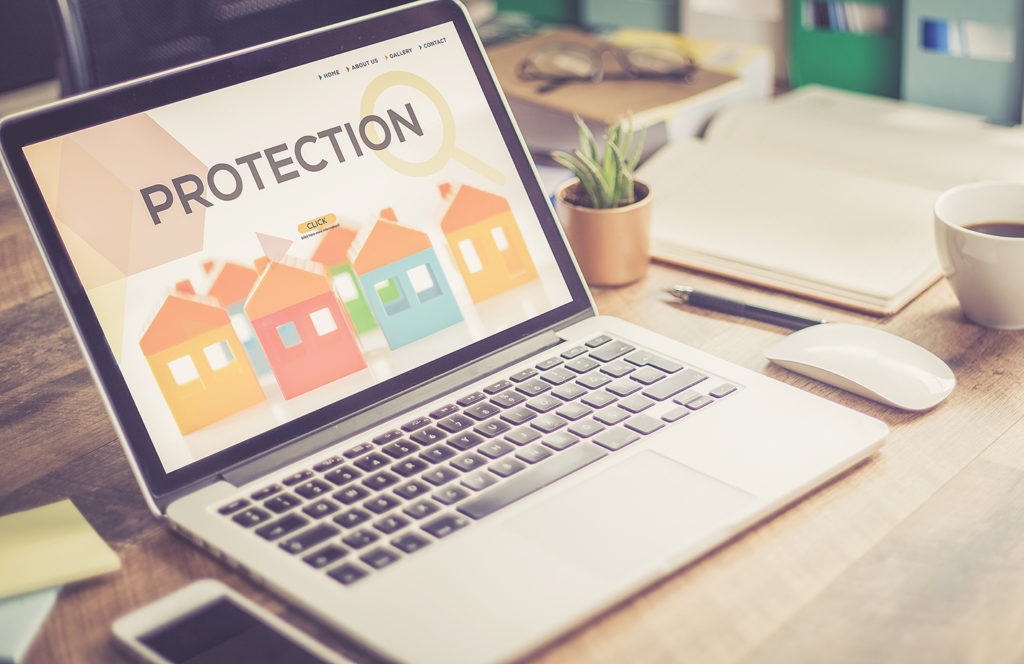
One way to achieve success now or in the future is to place a HOME warranty on each of your homes. HOME has been directed by the same owner since 1992, and along with our national affiliate Residential Warranty Company, LLC, our people have administered home warranties on over three million homes! We offer a wide variety of warranty options, from the standard ten-year warranty to our specialty warranties for remodeling projects, detached garages, and commercial construction. HOME’s warranty mirrors Texas’ ten-year statute of repose and transfers the major structural defect obligation from our builders to HOME’s insurer in the final eight years of the warranty. HOME’s warranty provides clear performance standards that help create realistic expectations in your homeowners and a road map to resolving even the stickiest customer complaints. HOME’s warranties are backed by a Texas property and casualty insurance company, and HOME and its affiliates are 100% American owned. HOME members are eligible to purchase General Liability, Builder’s Risk and Contractor’s Equipment coverages through the RWC Insurance Advantage program.
Here at HOME, we appreciate your business and your confidence in us. And so, in your honor, we’ll raise a glass of lemonade and say good riddance to that big pile of problems 2020 gave us and hope we can all learn from them to be more successful next year! Have a great fall and winter!

